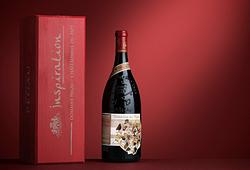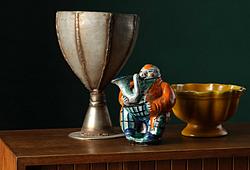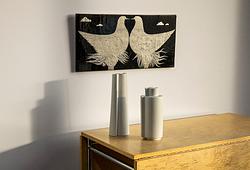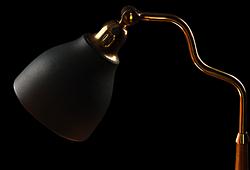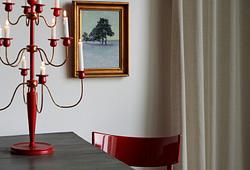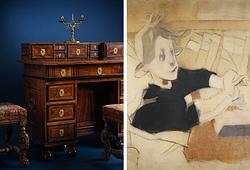Fat, porslin. Mingdynastin, sen Wanli/1630-tal.
Dekor i underglasyrblått inom radiella fält, tulpaner och figurscener på brämet, centralt motiv av handelsresande man från öst. Diameter 31 cm.
Bränningsdefekter. Kantnötning.
Proveniens
The Stenbeck Collection Part III.
Stenbeck was for many years the president of the Swedish Oriental Ceramics Society. His collection has been vast and unusual in comprising a wide range of Chinese porcelains produced primarily between 1572 and 1683, for the domestic Chinese, Japanese and Dutch markets.
Having studied, collected and exhibited these splendid wares for almost forty years, Stenbeck now feels that it is time to offer another part of his collection at auction. Bukowskis is pleased to have been able to sell items from this impressive collection during several auctions, see for example sale 568 an onwards.
This part, the Wanli Collection focuses on the export porcelain of the period of emperor Wanli (1572-1620) but also shows the transition towards painting/decoration of Chinese Export porcelain in the mid 17th Century porcelain. This academic collection also shows what impact this had on the Dutch faience production of the period (see lot 325-328 in the European section).
Part of the Stenbeck Transition Collection was exhibited at: "Den Befriade Penseln, 300 år av Kinesiskt porslin och konsthantverk". 4/6-3/9-2000. Heinola Konstmuseum och Stadsmuseum.
Utställningar
Exhibited at the Heinola Museum, lot no 63. "Den Befriade Penseln, 300 år av Kinesiskt porslin och konsthantverk". 4/6-3/9-2000. Heinola Konstmuseum och Stadsmuseum. Finland.
Övrig information
Interview with the Collector Mr Stenbeck;
-The Kraak porcelain captured my interest over 50 years ago. The Kraak goods has their own identity feature with the more liberated brushwork that gives you a heightened sense of presence. The brilliant surface creates a magic lure and depth. The cobalt blue colour can shift from the darkest blue to light silvery nuances, as does the brushwork, it varies from large fluent strokes to very fine and precise lines. The depth in colour often reflects the access of the cobalt pigment at the time. It is also interesting to see how the porcelain mass shifts in the later production, during the late Ming/Transitional period (1621-1644) this has led to less brittle edges. My collection that had its focus on this precise period in time, also known as the ‘liberated brush’ was sold at Bukowskis and Bonhams a few years ago. My feeling is that the typical kraak dishes with decorated rims a and a central scene in the middle envisions Chinese culture, harmony and fashion of the time. In this part of my collection, that will be sold at Bukowskis Spring Sale 2022, I have chosen to let go of some of my faience’s (sold in the european ceramic section) that shows the influence and inspiration the Chinese porcelain had on the Delft production of faience’s during the same period. The Chinese porcelain also influenced the Persian and Japanese production. - I wish You all good luck with your collecting, and hope you enjoy the pieces from my collection!




